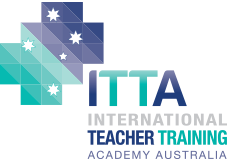TAE Diploma -Design and Develop Learning Resources
Research the learning resource requirements
a) Design and develop resources to fit the context of the client environment. Consider the following:
- Culture
- Geographical location
- Characteristics of the organisation and target audience
- Language
- Client brief (i.e. client proposal, identified gap in learning for the candidate/group, tender, or organizational need)
- Focus


